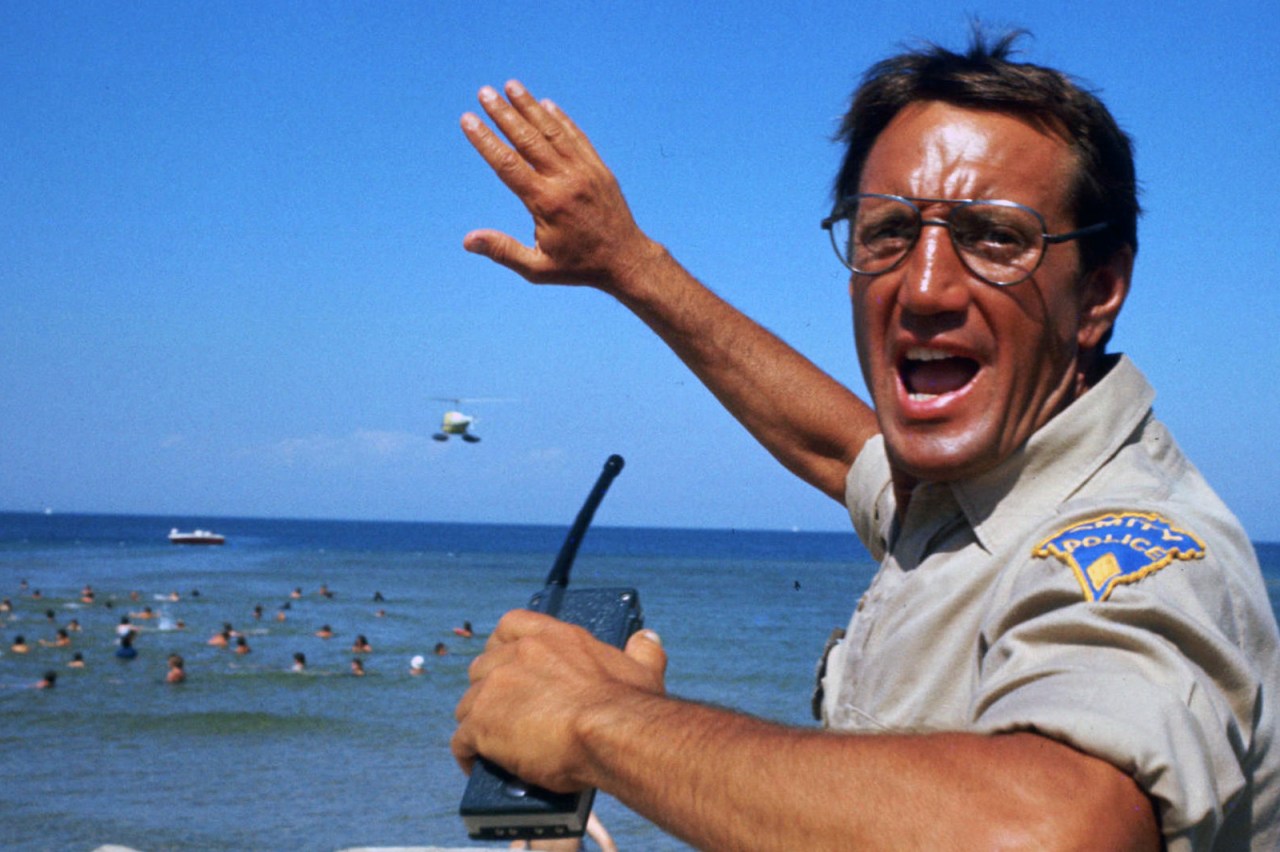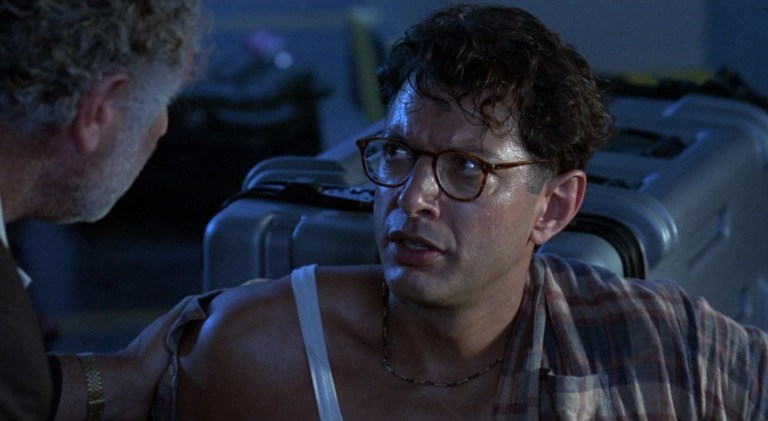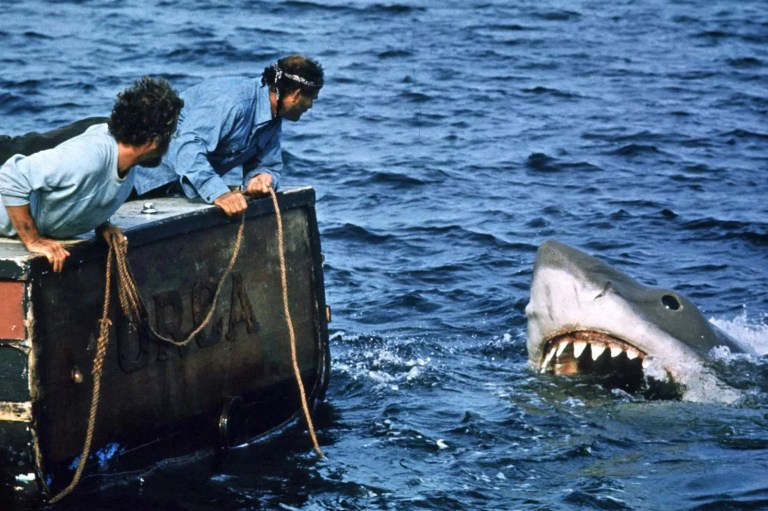
‘Jaws’ Was Based On A True Story: How Similar Was It To Reality?
June 2025 marks 50 years since Steven Spielberg’s award-winning Jaws was released.
The film marked a new age of horror-thrillers, combining a Hitchcockian approach to building tension with a big-budget blockbuster format. Jaws is the perfect summer flick, despite how it might seem antithetical to a fun beach trip thanks to the sharks in the water. But between its iconic John Williams-written theme tune, memorable quotes, and combination of humor, characterization, and horror, Jaws is often considered a near-perfect film.
Because of this, many people might be surprised to learn that Jaws is based, in part, on a true story. While the author of the 1974 Jaws novel, Peter Benchley, has denied basing the story on the 1916 Jersey Shore shark attacks, there are enough similarities to scare us. If the events of Jaws really were true, maybe we shouldn’t dip into the water. So how similar was the film to reality?
The 1916 shark attacks were similar to those in Jaws.
In an interview with the BBC, Benchley admitted that there may have been some similarities to the 1916 shark attacks, although that’s not what directly inspired the story. In 1916, swimming in the ocean was a new concept, and knowledge of sharks or how close they could get to people was limited, which is part of what led to four deaths by shark in July 1916.
The attacks took place in Matawan on July 1, right around July 4th weekend, just like in Amity, Mass., where Jaws takes place. The first victim was Charles Epting Vansant, who was attacked in the water around 6 p.m. A lifeguard tried and failed to save his life. Five days later, a 28-year-old bell captain, Charles Bruder, lost his legs to a shark and died from the blood loss while out swimming with friends.
Three days after that, a lifeguard saw a shark swimming near Asbury Park and chased it away with an oar. However, the shark headed inland and on July 12, attacked 11-year-old Lester Stillwell, who was swimming in Matawan Creek. His rescuer, Stanley Fisher, also died in the attack. On the same day, 12-year-old Joseph Dunn was attacked in the same creek, but survived.
In the Jaws novel, four characters also die of shark attacks, like in 1916. In the film, there are only two deaths during the initial attacks, but they are clearly inspired by the real 1916 attacks. The first victim is a young woman who goes for a night swim after a bonfire with friends, and the shark is discovered through her remains that wash ashore—limbs, just like the second 1916 attack.
The second attack is on a boy named Alex Kintner, likely around the same age as Lester Stillwell, who is killed in the middle of the day during a shark attack just a few feet from the shore. The shark in Jaws then goes into the estuary, similar to Matawan Creek, nearly killing police chief Martin Brody’s son. While the attacks in the film and reality are different, there are enough similarities to scare us, at least a little bit.
The mayor and town of Amity had a similar reaction to that of Matawan in 1916.
In Jaws, Amity’s mayor, Larry Vaughn, denies the severity and threat of the shark, choosing beach tourism money over the safety of the residents and visitors. According to the Matawan Historical Society, Matawan Mayor Arris B. Henderson also denied the danger of the shark attacks, waiting until after the events of July 12 to post a $100 reward for “killing the shark.” In Jaws, the mayor waits until after young Alex’s death to place a $3000 bounty on the shark.
Shortly after, local fishermen catch and kill a tiger shark, which the Mayor proudly displays for the town to celebrate the win. Similarly, in 1916, after a large shark was caught in Raritan Bay, it was displayed to over 3,000 people, who were charged 10 cents each to see it. In both cases, no one was sure that the shark on display was the same predator killing innocent beachgoers. But Jaws differs from reality after these events.
Jaws was also inspired by sharks caught by Captain Frank Mundus near Montauk.

While the real Matawan had a mayor and shark attacks, the interpersonal character dynamics of Jaws were original to the novel. Police chief Brody as well as the young oceanographer, Matt Hooper, were inventions of Jaws’ author. But the real-life Captain Frank Mundus may have inspired Quint, the rough-and-ready fisherman and only man equipped to catch the real monster.
Mundus started a sport he called “Monster Fishing,” once catching a 4,500 pound great white shark by harpoon and later, in 1986 (after the release of Jaws), catching a 3,427-pound great white with rod and reel, the largest fish ever caught in that manner. In fact, in 1974, Jaws’ author Benchley even went aboard Mundus’s boat, Cricket II. Knowing a real-life Quint existed might even be scarier than the real-life shark attacks!











